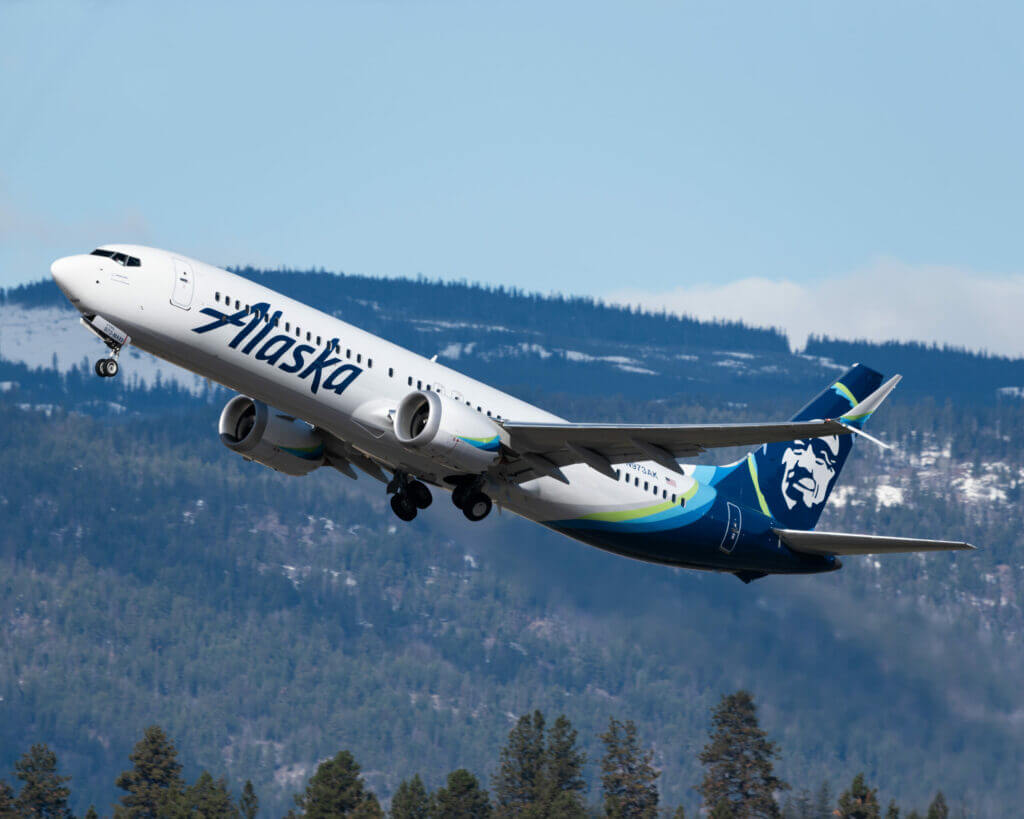Estimated reading time 3 minutes, 37 seconds.

Canadian airlines will not be affected by a U.S. Federal Aviation Administration (FAA) Emergency Airworthiness Directive ordering the grounding of certain Boeing 737-9 Max aircraft.
Air Canada, WestJet, Flair Airlines and Lynx Air told CBC they do not operate the 737-9 variant of the Max series.
The U.S. regulator issued the emergency directive on Jan. 6, after an Alaska Airlines 737-9 Max experienced “an in-flight departure of a mid-cabin door plug, which resulted in a rapid decompression of the airplane,” the Compliance and Airworthiness Division stated.
Flight 1282 had departed Portland, Ore., shortly after 5 p.m. on Jan. 5 for Ontario, Calif., and was at about 16,000 feet and still climbing to its cruising altitude when the blowout of the plug and part of the fuselage occurred. The pilots called an emergency and were able to return safely to Portland without injury to any of the 174 passengers and six crew.
“The FAA is issuing this [directive] because the agency has determined the unsafe condition … is likely to exist or develop in other products of the same type design,” the Compliance and Airworthiness Division said, adding that the interim action “prohibits further flight of affected airplanes, until the airplane is inspected and all applicable corrective actions have been performed.”
According to the Associated Press, Boeing has delivered 218 Max 9s worldwide. Not all are affected by the FAA directive. The more common variant of the Max series, the Max 8, is not affected either.
Air Canada told CBC its 737-8 Max fleet does not have the mid-cabin exit door configuration. WestJet told the broadcaster it is, “in constant communication with Boeing to make sure there are no implications to the Max 8 fleet.”
According to the National Transportation Safety Board, the Alaska Airlines aircraft involved in the blowout had been restricted from long flights over water after its depressurization warning light activated on three previous occasions. The plane had flown on routes overland so it “could return very quickly to an airport” if the warning light reappeared, NTSB Chair Jennifer Homendy said at a news conference on Jan. 7, the Associated Press reported.
Inspections of the affected aircraft were expected to take four to eight hours, according to the FAA.
Alaska Airlines and United airlines are the only U.S. operators of the Max 9.








